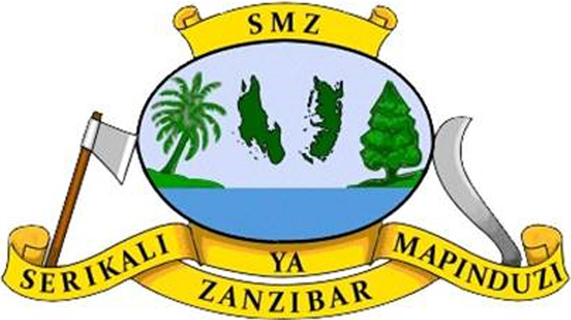- Describe a molecular model for solids, liquids, and gases.
- Extend this model to phase changes.
- Describe how heating or cooling changes the behavior of the molecules.
- Describe how changing the volume can affect temperature, pressure, and state.
- Relate a pressure-temperature diagram to the behavior of molecules.
- Interpret graphs of interatomic potential.
- Describe how forces on atoms relate to the interaction potential.
- Describe the physical meaning of the parameters in the Lennard-Jones potential, and how this relates to the molecule behavior.
- Describe characteristics of three states of matter: solid, liquid and gas.
- Predict how varying the temperature or pressure changes the behavior of particles.
- Compare particles in the three different phases.
- Explain freezing and melting with molecular level detail.
- Recognize that different substances have different properties, including melting, freezing and boiling temperatures.
The particle model of matter is one of the most useful scientific models because it describes matter in all three states. Understanding how the particles of matter behave is vital if we hope to understand science!
The model also helps us to understand what happens to the particles when matter changes from one state to another.
In this unit you will learn about different materials by investigating and observing the behaviour of their properties. This will include learning about the differences between metals and non-metals; whether they are isolators or conductors of electricity and heat, whether they are magnetic, how dense they are and whether they are acidic or basic.
In this unit, you will explore the three phases of matter and then look at the properties and differences between them. You will explore their shape, volume, and kinetic energy.


